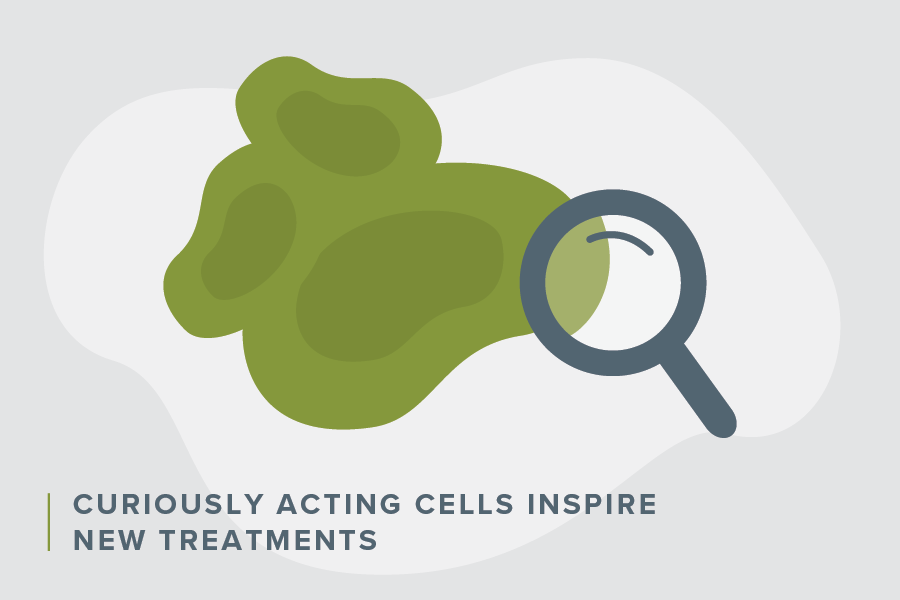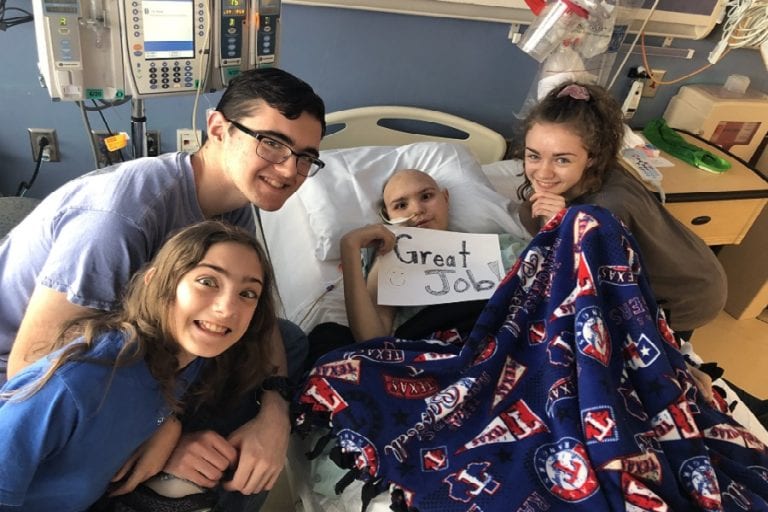They say the best things that happen are unexpected.
In Timothy Hallstrom’s lab, some retinoblastoma cells and immune cells acted so curiously, they inspired him to look into a new way to combat the eye cancer.
Observing cancer is a little bit like watching a micro-battle plan play out. Cancer is usually on the offense, and scientists try to create a defense plan to fight it. The hallmark of cancer, however, is that it wants to stay alive, and it’s an expert at evading the defenses put in place, like chemotherapy.
Hallstrom discovered that perhaps a way to defend the human body is by attacking retinoblastoma “from the inside” so to speak.
Inside most cancer cells, the molecules that can make it die are inactive.
“What we found in the retinoblastoma mouse model is that you can actually change the way a cell dies,” he said.
He uncovered a way to manipulate and control these molecules to make the cancer cells more vulnerable to being killed. In response, he observed that the tumors were robustly bombarded with immune cells that successfully killed cancer cells.
“What was intriguing is that that behavior is not normally observed in retinoblastoma,” he said. “I think what excites me the most is how unexpected it was, the novelty of seeing the immune cells. It’s really exciting to see a way you can manipulate and control some of the pathways that are being altered.”
Retinoblastoma occurs most often in infants and children within the retina. The disease has a high cure rate, but often involves removal of one or both of their eyes, and includes chemotherapy treatment which could result in infertility, heart problems, and more. Hallstrom thinks with some work, he could potentially make his surprising discovery into an alternative, less-invasive treatment.
First, he has to prove the cells will behave the same way in human tumors. “One barrier for me, is how much does this or will this apply to human retinoblastoma?” he said. “Cancer in mouse models sometimes behaves differently. We’re seeing it from a new light, though, and it could be relevant in ways we haven’t come to understand yet. Even if a project fails it tells you something. You need to go through adversity to fine tune your models.”
Today, he is embarking on research with cells from human tumors, funded by Children’s Cancer Research Fund’s Dream grant. His lab will get human samples and models for his research, a challenging feat because retinoblastoma is rare.
Hallstrom hopes that the human models prove that the immune cells are smart, and can detect and differentiate normal cells from tumor cells. “Once they’re there, you can trick the cells to do whatever you want them to do. That would be the dream, to really get a working understanding of how this can help,” he said.
Then, he can gather enough evidence to present to get more grants, move through more trial phases, and potentially create another treatment option for kids facing retinoblastoma.
“If we discover how to recruit [immune] cells in the retina, we could even recruit cells in the brain to treat brain cancer. Today, we still have to use pretty blunt tools,” he said.
He noted that the coronavirus pandemic has set his research back, but that CCRF funding has been crucial to keeping his work moving forward.
“Donations from CCRF are going to be the lifeblood for good researchers,” he said, adding that doing research is a bit like having a small business. They, too, are struggling to stay open.
“I’m hoping to answer the right questions now in preclinical trials, so that in 5-10 years, those answers can really be implemented in the clinic,” he said.
Your donations make progress possible.
Without philanthropic support, researchers like Timothy Halstrom wouldn't be able to move their great ideas forward. When you donate to Children's Cancer Research Fund, you make it possible for researchers to uncover unexpected ways to fight cancer.




